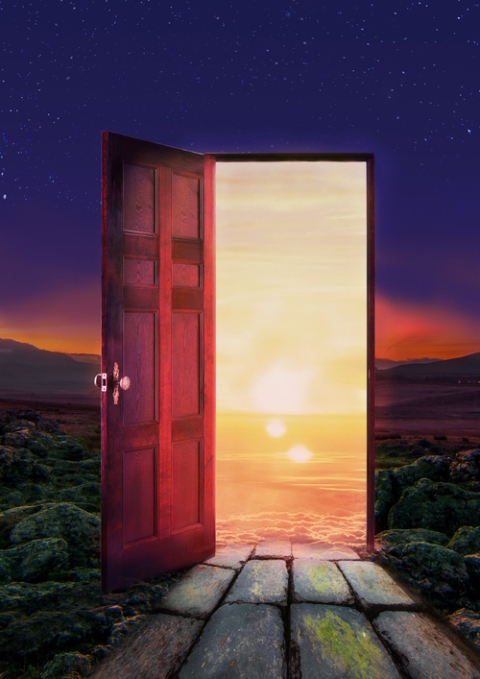Alexander Schröder
"The last, ultimate nothingness": Necromantic Power Relations in the Fiction of Clark Ashton Smith
Clark Ashton Smith (1893-1961) is best known for his participation in what is called 'The Golden Age of Weird Fiction' - a time in the 1920s and 1930s - in which pulp magazines such as Weird Tales flourished with exciting, eerie content by authors such as H.P. Lovecraft, Robert E. Howard, and Smith. The reclusive Californian wrote a vast number of short stories, featuring different universes. Among these are the Gothic horror setting of Averoigne, which is located in a pseudo-medieval, alternate France; the prehistoric setting of ancient Hyperborea; and Earth's last dying continent of Zothique, located in the far future. Throughout the different genres, however, one motif complex that Smith seems to have been obsessed with is resurrection, reincarnation, and especially necromancy.
Death is, in the words of Thomas Macho, ontologically ‘opaque’ to us. It is the absolute end of all possible forms of common experience. The topic of death needs the terminologies of spirituality, religion, and/or philosophy to talk about the great beyond that awaits. Descriptions of the afterlife always rely on what Niklas Luhmann, drawing a term from the mathematician George Spencer-Brown, calls ‘re-entry’: They pretend as if the unobservable, unnamable was observable and namable. Therefore, mythological and literary underworlds work as if they were comparable with our world, featuring e.g., anthropo- or theriomorphic characters, geography, social hierarchies, division of labor and/or courts of judgement. Through this form of description, religion as well as fiction makes death narratively accessible.
This form of narration moves the dead into a position where they are no longer completely disentangled from our reality but can be involved in interdimensional power relations. A necromancer can force them to return as servants, reducing them to mere objects under his/her will. Vice versa, the dead might use the established bridge between their and our domain to return as haunting stalkers of the living. The stories of Clark Ashton Smith depict the (un-)dead in various and sometimes very complex ways, dealing with questions of their subjectivity, sovereignty, and dignity within a framework of ‘necromantic power relations’. In my presentation, I discuss how the dead are involved in these struggles drawing from stories such as The Empire of Necromancers (1932), The Planet of the Dead (1932), and Necromancy in Naat (1936).
Alexander Schröder studied History and Religious Studies and currently works as an associate lecturer at the Center for Religious Studies, Ruhr University Bochum. The focal points of his research are myth, the anthropology of religion as well as the religion and society of ancient Mesopotamia. He published articles about Weird Fiction and writes for the German H.P. Lovecraft Society.

